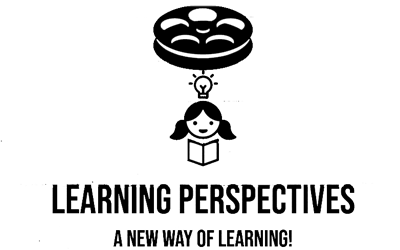Definition: Competitor Analysis
An essential part of corporate strategy is competition analysis, which assesses the advantages and disadvantages of rivals in the marketplace. In this blog, Learning Perspectives will explore the meaning of competitor analysis.
Movie Case Study
This sequence is taken from the movie “You’ve Got Mail.” It shows Kathleen Kelly and Joe Fox bickering with each other. Joe Fox (Tom Hanks) is the head of a large chain of bookshops, whereas Kathleen (Meg Ryan) runs a small independent bookstore.
Joe has angered and enraged Kathleen by opening his bookstore in the same neighborhood as hers. Because of this, she would have to close down her bookstore and will go out of business.
Understanding Competitor Analysis
Finding Your Rivals:
The first thing to do is to find out who your rivals are. This covers both direct rivals that provide comparable goods or services and indirect rivals that might fulfill the same purpose but employ a different strategy.
Information Gathering:
After identifying their rivals, companies gather data about them. This could include their target markets, distribution networks, pricing and marketing methods, goods and services, and financial results.
Examining their strengths and weaknesses:
Companies examine the information gathered to determine the advantages and disadvantages of every rival. This aids in figuring out their strong points and potential weak points.
Evaluating market positioning:
Companies can ascertain their relative market positioning by contrasting their products with those of their rivals. This entails knowing how they compare in terms of brand perception, pricing, product features, and quality.
Threat and Opportunity Identification:
Competitor analysis assists companies in determining which risks to avoid and which opportunities to seize. For instance, they might find underutilized market niches, novel features for products to create, or cutting-edge trends to capitalize on. In a similar vein, they might recognize rival dangers that might affect their profitability or market share.
Making strategic decisions:
Companies can make strategic decisions to obtain a competitive edge by using the insights gathered from competitor analysis. This could entail making changes to pricing plans, boosting product offers, expanding marketing activities, focusing on new market segments, or making investments.
Monitoring:
Competitor analysis is a continuous activity that requires monitoring and adaptation. Companies must always keep an eye on shifts in the competitive environment and modify their plans as necessary. This could entail fine-tuning strategy priorities, reevaluating market positioning, and revising competitive profiles.
Competition analysis gives companies insightful information that helps them make strategic decisions and maintain their competitiveness in the market. Due to the dynamic nature of the process, adjustments to the competitive landscape must be made regularly.








